The Commercial Rating: Turning Passion into Profession
“Flying isn’t just about controlling the machine; it’s about understanding and controlling yourself.” – Amelia Earhart
So here you are—at the edge of everything. The commercial pilot rating is where your journey shifts from paying to fly, to preparing to get paid to fly.
Sounds dreamy, right?
Well, don’t pack your overnight bag for your first charter gig just yet. Because while this is the gateway to a professional career in aviation, you’re not hireable quite yet.
Let’s unpack what the commercial rating really is—and how to get through it smarter, cheaper, and ready for what’s next.
The Purpose of the Commercial Rating
The commercial certificate is all about refining your skillset and demonstrating precise aircraft control. It proves you can:
• Fly to standards that are sharper than the Private Pilot level
• Maneuver with confidence, smoothness, and purpose
• Operate safely and professionally in a broader set of conditions
More importantly, it’s your legal key to flying for compensation.
But the commercial rating doesn’t automatically guarantee you’ll be hired as a pilot. It’s the gateway rating—the one that unlocks the next big steps: CFI, CFII, MEI, or entry-level commercial jobs (banner towing, pipeline patrol, ferrying, etc.).
Logging Time: The Name of the Game
Here’s the brutal truth: the commercial rating is a time-building phase. And that means money. Lots of it—unless you’re savvy.
To qualify under Part 61, you need:
• 250 total flight hours
• 100 hours PIC
• 50 hours cross-country
• A chunk of dual instruction, solo, and night flying
That’s a whole lot of time to fund. And that’s why the most resourceful students start getting strategic about how they log hours.
Split Time: Double Your Hours, Halve the Cost
One of the most underrated (but totally legal) strategies? Split time.
Here’s how it works:
• You and another qualified pilot pair up.
• One of you dons the hood and logs simulated instrument time.
• The other acts as the Safety Pilot and logs PIC (Pilot in Command) time.
Swap roles. Repeat. Now you’ve both logged time, and you’ve split the aircraft rental. Genius? Absolutely. Legal? 100%.
This technique is especially effective when both pilots are working toward their commercial rating. You get more hours for less money—and stay sharp flying in real-world conditions.
Networking: The Old-School Goldmine
If you’re training out of a small general aviation airport, look around.
See that guy polishing his 1978 Bonanza on the ramp? Or the couple tinkering with their RV-10 in the hangar?
Strike up a conversation.
• Offer to help wash a plane.
• Ask if anyone needs a Safety Pilot for an IPC or long cross-country.
• Offer to chip in for gas or help plan a flight.
• Let folks know you’re working on your commercial rating.
Opportunities often come from the hangar next door, not the job board. The flying community thrives on mutual enthusiasm. Show that you’re serious and eager, and you’ll be amazed how many doors start to crack open.
Better yet? Join a flying club. The cost is lower, the camaraderie is strong, and the networking is baked in.
Part 61 vs. Part 141: Does It Matter?
Let’s talk numbers. Under Part 141, you can earn a commercial rating with:
• 190 hours total flight time
• More time spent in an AATD (Advanced Aviation Training Device)
Sounds like a shortcut, right?
Here’s the reality: most employers want 250+ hours, no matter which path you take. Even if you graduate from a Part 141 school with a legal commercial cert at 190 hours, you still may not qualify for many job opportunities or insurance requirements.
So unless you’re in a structured college or academy program, the hour-saving benefit of Part 141 is fading fast in the professional world.
And that’s fine—because every hour you log is another step toward becoming a sharper, more capable pilot.
What Comes After the Commercial?
The ink isn’t even dry on your temporary cert, and the question comes knocking:
Now what?
If you’re serious about aviation as a career, the answer usually involves becoming an instructor:
• CFI (Certified Flight Instructor)
• CFII (Instrument Instructor)
• MEI (Multi-Engine Instructor)
It’s the most efficient way to build hours and get paid to fly while teaching the next generation of aviators.
And it all starts here—with your commercial rating. This is your launchpad.
Final Thoughts
Your commercial rating marks a huge milestone. Not just because it unlocks the possibility of flying for hire—but because of how much growth it demands from you.
This is where you become not just a pilot, but a professional. Where your flying gets smoother. Your decision-making gets sharper. Your attitude gets more disciplined.
You’ll have to hustle for hours. You’ll face fatigue. You’ll keep learning, humbly, at every stage.
But that’s the path you chose—and you’re already well on your way.
In the next chapter, we’ll talk about CFI training—how it works, what to expect, and why it’s often the best-kept secret to launching a full-time flying career.

